“Start With Universe” – Buckminster Fuller
“One of Bucky’s primary tenets is, `Start with Universe.’ The initial relevant context is the whole Universe, and from there you peel away irrelevancies until you find the scale and relationships that are most relevant to the inquiry at hand. As a comprehensivist, he was naturally a whole-systems thinker and designer, and as was true with David Bohm, seeing the cosmos as a unified whole and all things in it as wholes within wholes was for Bucky the only true lens through which to study and comprehend cosmic design.” -Cosmometry.net referring to Buckminster Fuller, American architect, visionary and inventor.
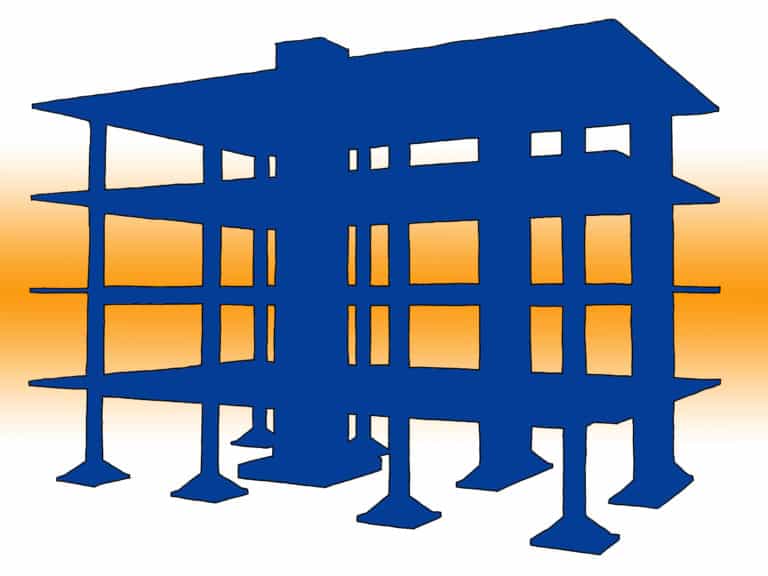
Coming from an architectural background, I start at a structural level with everyone. “The physical anatomy of man is the accepted foundation and starting point of nearly all the healing arts today.” -Dr. Stone. It is a simple starting point that is therefore not only accepted, but understandable by a majority.
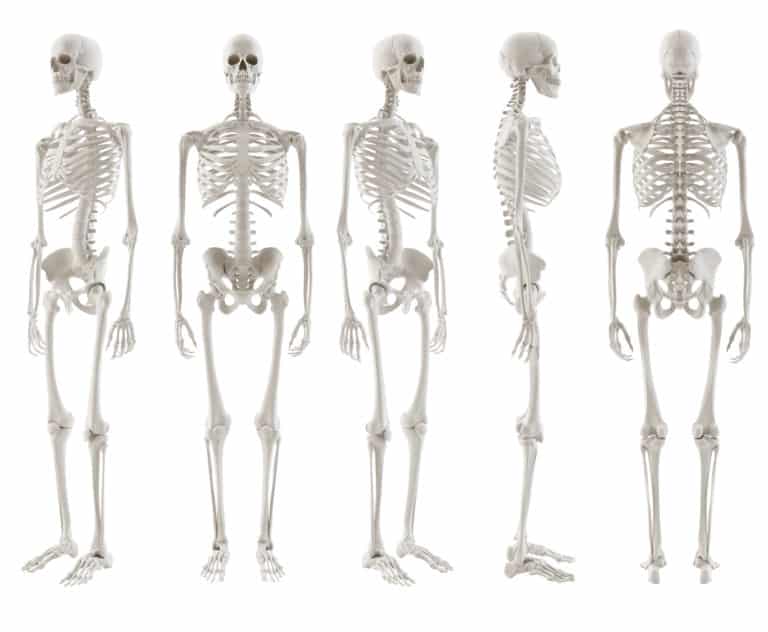
That being said, structure is the final manifestation, or endpoint, of all dysfunction, disease, discomfort, or whatever name we want to call it. A colleague once told me, “Everything starts at the energetic level.” It was a simple statement, but profound with profound impacts. It could be taken from a very esoteric level. It could be taken at a very literal level, as well, if one were to study vibrational frequencies. After all, matter is a much slower vibration compared to other wave lengths. However, by looking at structure, we find our “scale and relationships that are most relevant to the inquiry at hand.” By looking at structure, we find our scale and relationships to trace back to any source.
We are a whole system, an electromagnetic being consisting of a bag of saltwater suspended upon an infrastructure.
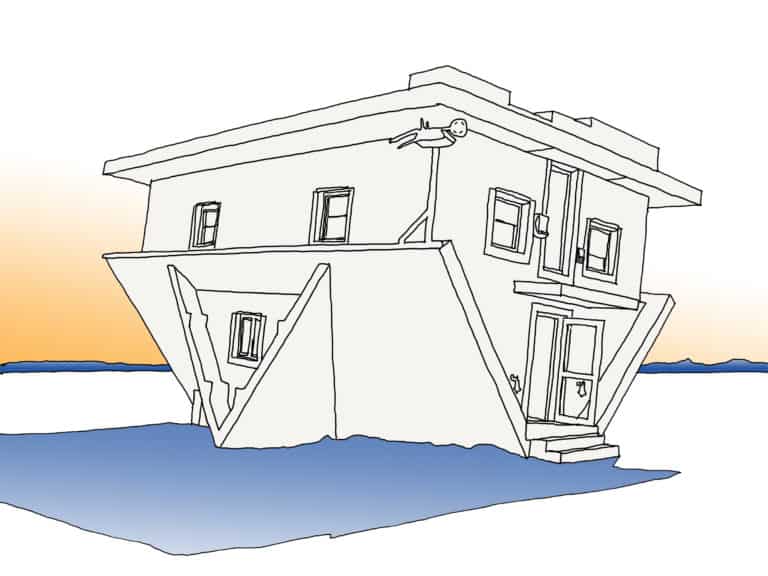
So, we start by defining structure. Of the human body, structure is our architecture. It is all of the compressive structures and tensile structures that hold us together. We as humans are capable of standing AND hanging in space. If we were to take the building you live in and flip it upside down, it would crumble to the ground (most of them, going with about 99% of them). Building structures are designed from the top down to receive gravity as such in a static manner. As humans, we can lay on our sides, and with proper training, stand on our heads, and walk on our feet in a dynamic manner.
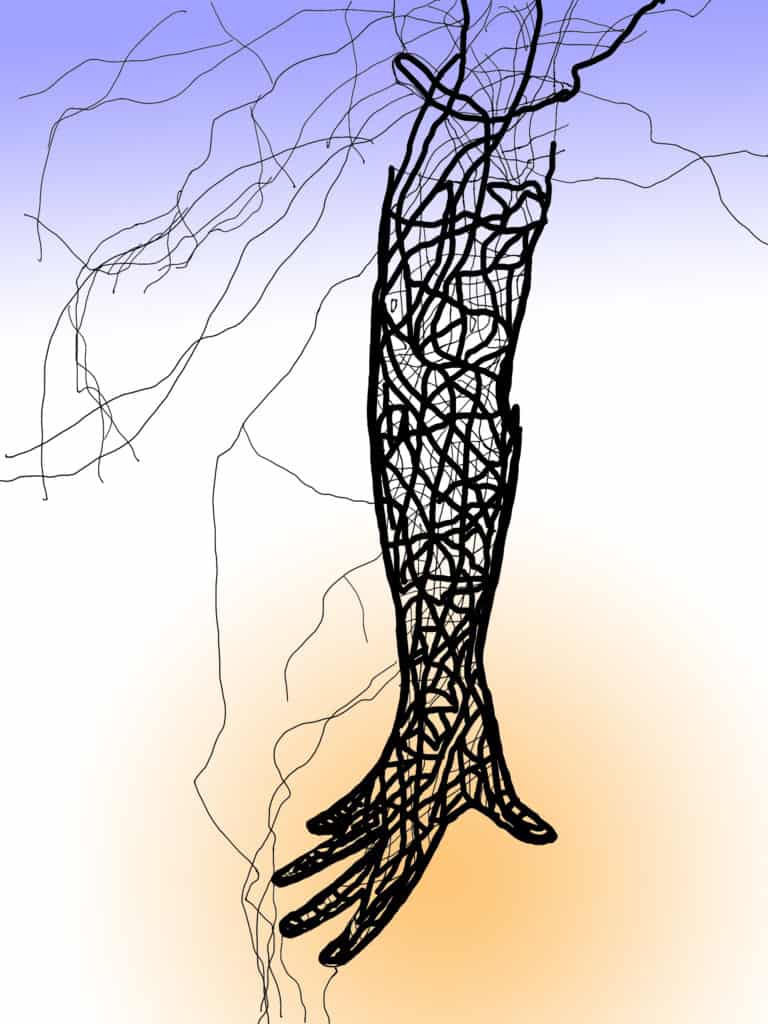
This form of compression and tension structure has been coined by Buckminster Fuller as “Tensegrity.” It is defined as the characteristic property of a stable three-dimensional structure consisting of members under tension that are contiguous and members under compression that are not. If we breakdown the definition, Polarity can once again be found: contiguous and non-contiguous, tension and compression.
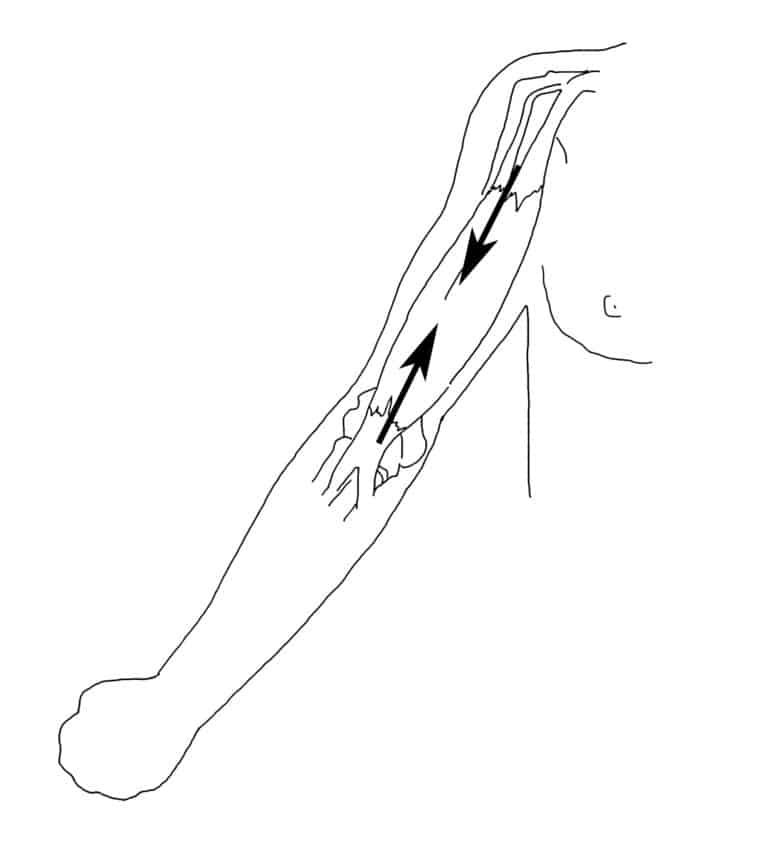
Forces of tension can be viewed as attraction. Within the human body, stretch receptors register the lengthening of a muscle and turn the muscle “on,” or facilitate it to contract and shorten. Simply, the ends of the muscle become attracted pulling towards each other. An example of this would be the forward arm swing in gait and the posterior deltoid. As the arm swings forward, the fibers of the posterior deltoid stretch, registering to the brain to bring the ends of the muscle closer together.
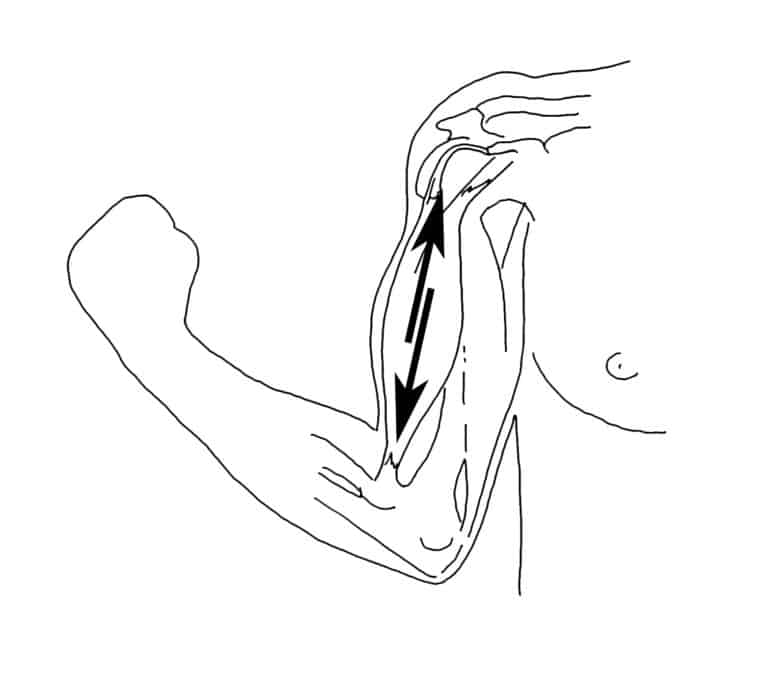
Conversely, the anterior deltoid shortens and the stretch receptors register compression. Forces of compression can be viewed as repulsion. As the muscle fibers shorten, the brain registers the action and turns the muscle “off,” or inhibits it. This is, of course, happening simultaneously with the poster deltoid in an ebb and flow of movement. It also happens unconsciously, a million times over throughout the body, in a beautiful symphony as we simply walk down the road in a dynamic polarity.
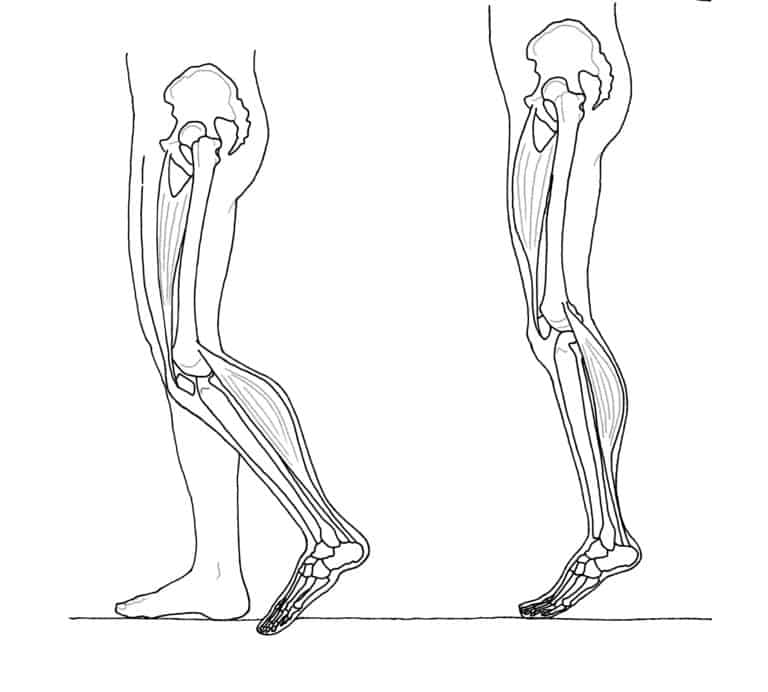
I prefer to view tension/attraction termed as connection, or credit to Joseph Schwartz, “neural availability.” So as a muscle turns “on,” it connects to the nervous system creating contraction. Therefore, compression/repulsion can be termed as disconnection (obviously never fully disconnecting, simply toning down; there are degrees of difference between the extremes or poles no absolutes). The muscle turns “off,” and disconnects from the nervous system enough to create a relative relaxation. There is connection and disconnection simply witnessed in the thixotropic property of muscles. The biceps connects more and feels firmer while the triceps disconnects more and feels softer. As the connections reverse, the reciprocal palpatory experience will be true.
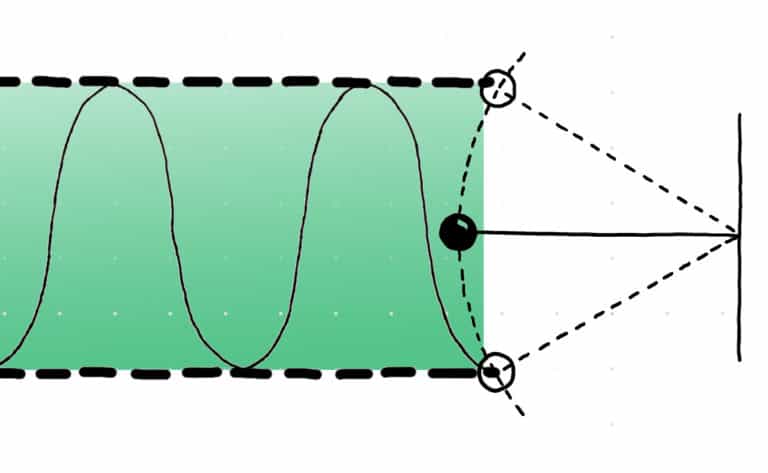
Chemically, this can also be viewed in the use of Calcium and Magnesium within the body. Calcium Ion channels have been found to cause contraction of a muscle, while its polar pair Magnesium is found with relaxation of a muscle. This explains the use of Magnesium oils on painful and tight muscles, a common recommendation at my massage school. Our potential Hydrogen, pH, sees this pendulum swing in the body’s continual effort to maintain a system that is neither too acidic nor too alkaline.
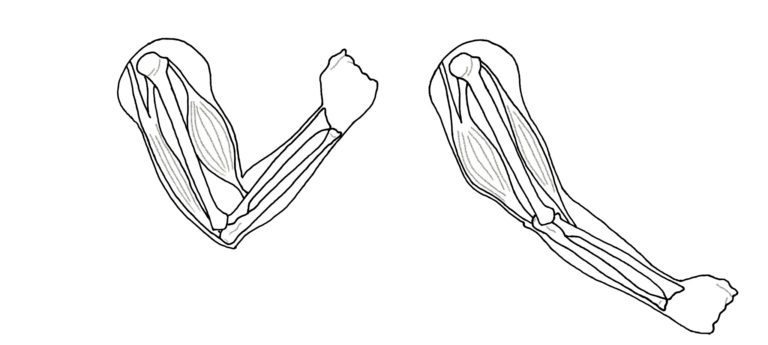
This interplay of forces, connection and disconnection of nerves and muscular contraction and relaxation, creates the concept of pairs. Anyone who has studied the functional anatomy of the body has seen this all throughout movement of any limb or digit. We flex and extend, supinate and pronate, adduct and abduct all over the place. All of there are forms of push and pull, and also all forms of polarity. Things throughout our system pair; they go together. This is something that the body utilizes naturally in movement and in compensation. We would not know one without the other.
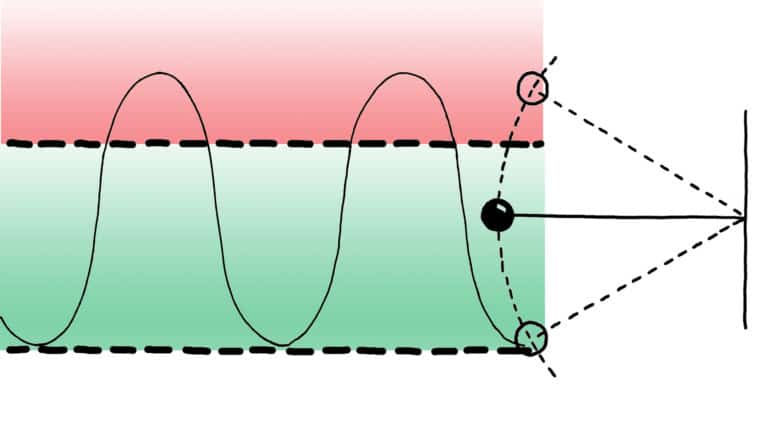
For those unable to wait for the next installment, the article in its entirety can be found here.
